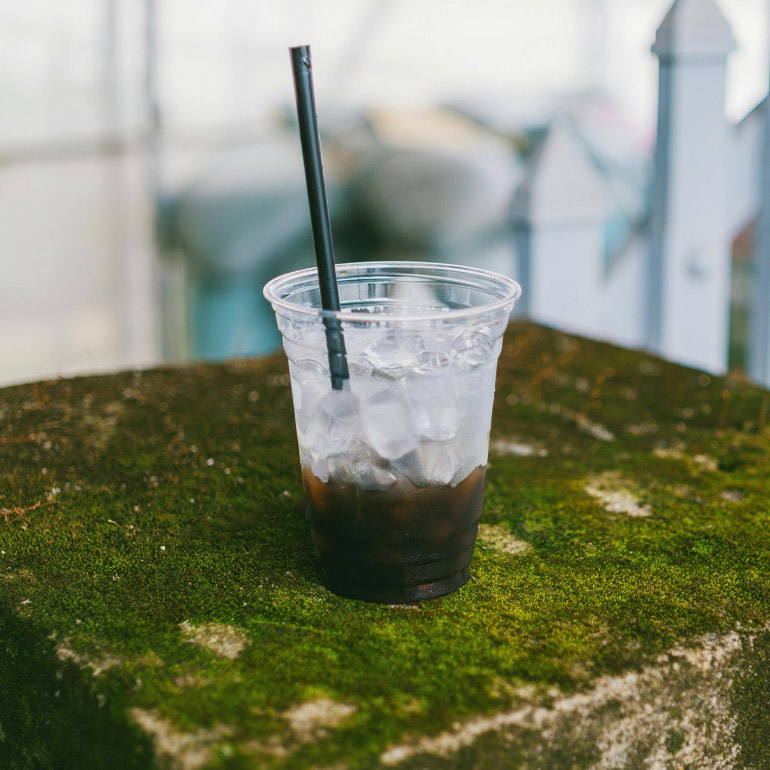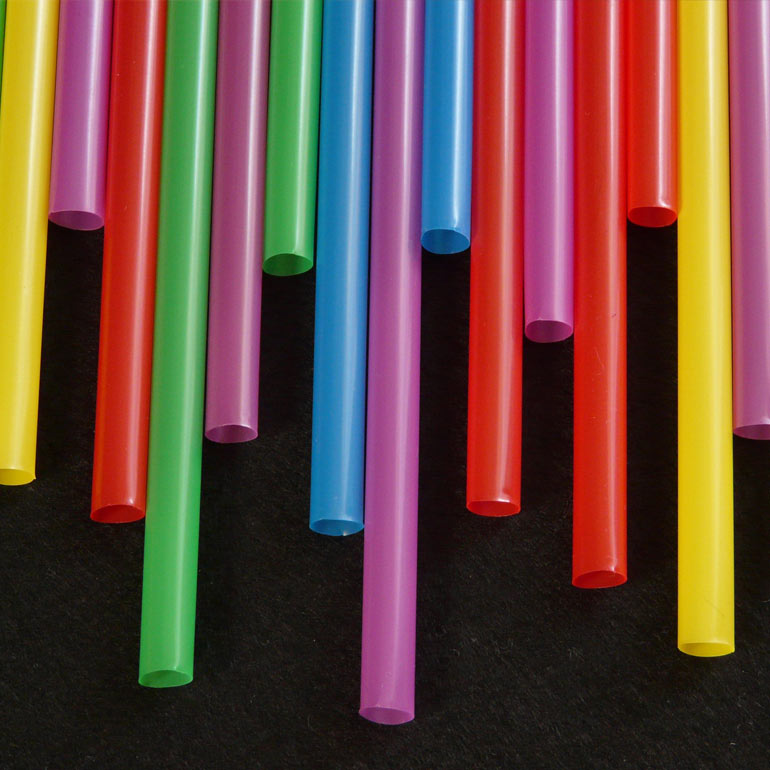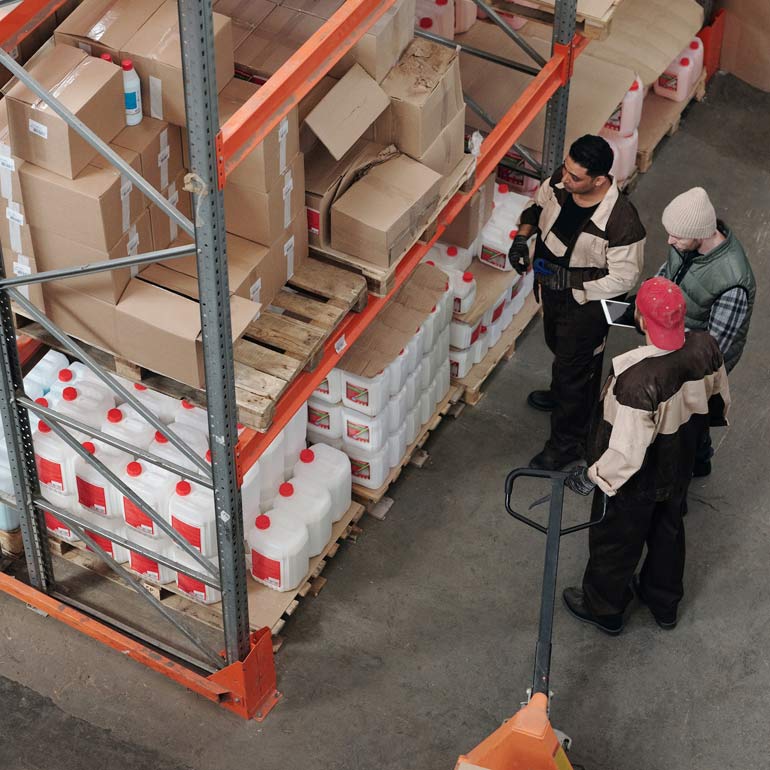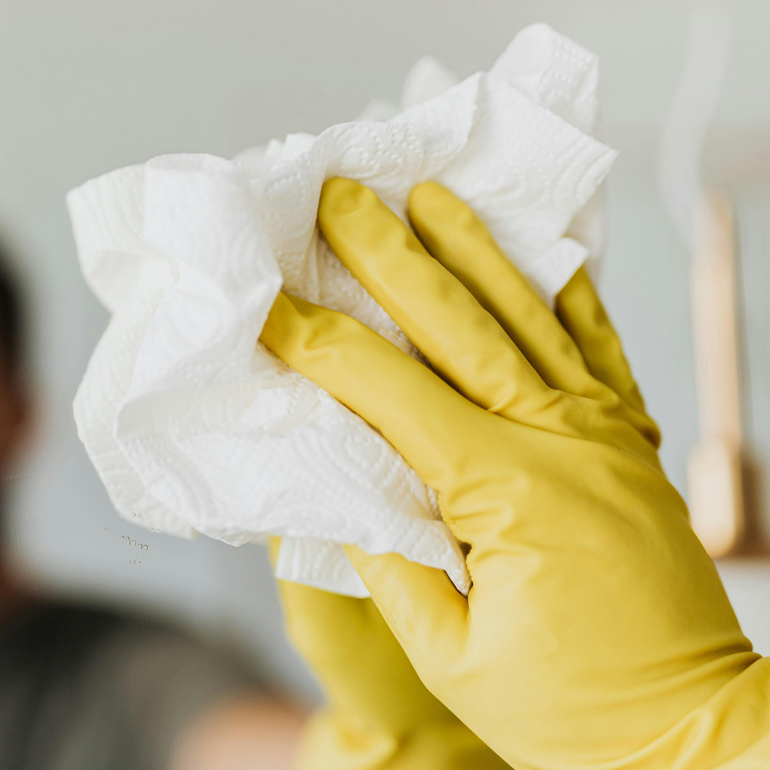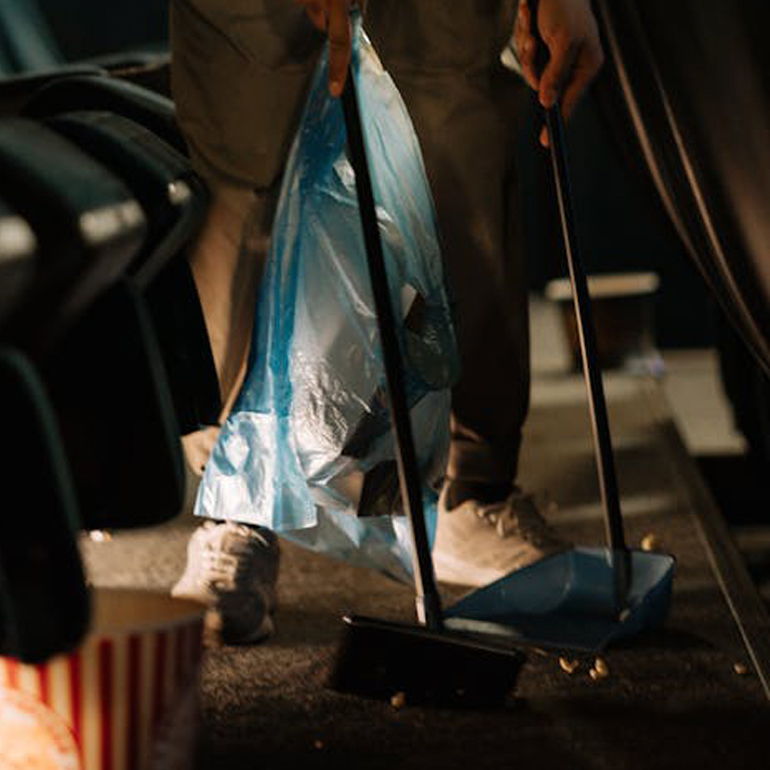In the world of disposable and reusable drinkware, PET plastic cups stand out as a popular choice among consumers and businesses alike. PET, or Polyethylene terephthalate, is a type of plastic renowned for its robustness, clarity, and safety, making it an ideal material for a wide range of beverage containers. From bustling cafés serving iced coffees to outdoor events distributing refreshing drinks, PET plastic cups are a ubiquitous sight, valued not only for their practicality but also for their contribution to maintaining the aesthetic appeal of the served beverages. As we delve deeper into the significance of selecting the right materials for our drinkware, it becomes evident that the advantages of PET extend beyond mere convenience, encompassing factors related to health, safety, and environmental considerations.
The choice of material for drinkware transcends simple functionality; it is a decision that reflects our values concerning health, environment, and aesthetics. As we explore PET plastic cups, it's crucial to recognize that this choice impacts not only our immediate experience with beverages but also the broader implications for environmental sustainability and safety.
What Is PET Drinkware
PET drinkware, encompassing a variety of beverage containers made from Polyethylene terephthalate, is celebrated for its exceptional clarity, durability, and safety. This synthetic plastic is crafted to meet the demands of both everyday use and special occasions, offering a lightweight yet sturdy alternative to traditional glass and metal options. PET's versatility shines through in its widespread application, ranging from single-use water bottles to reusable sophisticated drinkware designs that cater to a myriad of beverages. This material stands out not only for its functional benefits but also for its commitment to consumer safety, being inherently BPA-free, which reassures users about the absence of harmful chemicals leaching into their drinks.
Through its blend of aesthetic appeal, practicality, and health consciousness, PET drinkware presents a compelling choice for individuals and businesses looking for reliable and safe options in the vast landscape of drinkware materials.
Benefits Of PET Drinkware
- Lightweight Design: PET drinkware is significantly lighter than glass or metal alternatives, making it easy to handle and transport, ideal for events and everyday use.
- Durability: Despite its lightweight, PET is remarkably durable, resistant to breaking or shattering, which reduces the risk of injury and product waste.
- Clarity: PET cups and bottles offer excellent clarity, closely resembling glass, which enhances the visual appeal of the beverages they contain.
- Safety: PET is BPA-free, ensuring that beverages are safe to consume without the risk of harmful chemicals leaching into the drink.
- Recyclable Material: PET is 100% recyclable, making it a more environmentally friendly option compared to many other plastics.
- Cost-Effective: The production process for PET drinkware is efficient, resulting in lower costs for manufacturers and, consequently, consumers.
- Versatility in Use: PET can be molded into various shapes and sizes, catering to a wide range of beverage types and serving occasions.
- Chemical Resistance: PET has good resistance to a wide array of substances, including acids and alcohols, ensuring the material does not degrade or react adversely with the contents.
- Thermal Stability: While not as heat-resistant as glass, PET can withstand a reasonable range of temperatures, making it suitable for cold and room-temperature beverages.
- Barrier Properties: PET provides excellent barrier properties against carbon dioxide and oxygen, which helps preserve the freshness and flavor of carbonated drinks and prevents spoilage.
Cons Of PET Drinkware
- Environmental Concerns: Despite being recyclable, PET drinkware contributes to plastic pollution, particularly when not properly recycled, impacting ecosystems and wildlife.
- Limited Reusability: While durable for single-use, PET containers may degrade in quality over time with repeated use, making them less ideal for long-term reuse compared to glass or stainless steel.
- Energy-Intensive Production: The production of PET requires significant amounts of energy and resources, contributing to its environmental footprint.
- Recycling Rates: Although PET is recyclable, global recycling rates are still low, leading to a large amount of PET ending up in landfills or the ocean.
- Chemical Leaching Concerns: While generally considered safe, there are concerns about potential chemical leaching from PET containers, especially when exposed to heat or over a long period.
- Microplastics Pollution: PET degradation can lead to the release of microplastics, which pose a growing environmental and health concern.
- Not Biodegradable: PET does not biodegrade, meaning it can persist in the environment for hundreds of years if not recycled.
- Dependency on Fossil Fuels: The production of PET is heavily reliant on fossil fuels, both as a raw material and for energy, contributing to carbon emissions and climate change.
- Recycling Contamination: Improper recycling practices can contaminate PET streams, reducing the quality and efficiency of the recycling process.
- Perception Issues: Public perception of plastic as a material can be negative, affecting consumer choices and potentially leading businesses to seek alternative materials despite PET's recyclability and safety features.
PET, The Environment, And Responsible Usage
The environmental impact of PET drinkware, while nuanced, raises significant concerns, chiefly regarding its contribution to plastic pollution and reliance on fossil fuels for production. As a material that is both recyclable and durable, PET offers a potential for reduced environmental footprint, especially when compared to single-use alternatives that are not recyclable. However, the effectiveness of recycling programs and the overall lifecycle of PET products depend heavily on responsible usage and disposal by consumers. To mitigate the environmental impacts, individuals and businesses can adopt practices such as proper sorting and recycling to ensure PET drinkware is processed correctly, reducing the amount of waste that ends up in landfills or the natural environment. Additionally, opting for reusable PET items over single-use counterparts can extend the lifecycle of the material, further minimizing its environmental impact.
By understanding the importance of these practices, users can contribute to a more sustainable model of consumption, leveraging the benefits of PET while addressing its environmental challenges. Responsible usage, combined with ongoing innovations in recycling technology and material science, holds the key to optimizing PET's role in a sustainable future.
Richmond Advantage - Your Preferred Business Supply Source Since 1986
PET drinkware offers a blend of practical benefits and aesthetic appeal, making it a popular choice in various settings. However, its environmental implications necessitate mindful usage and disposal practices. By prioritizing recycling and exploring reusable options, consumers can enjoy the conveniences of PET while contributing to a more sustainable planet. Richmond Advantage is committed to ensuring all San Antonio restaurants have access to the best PET drinkware options available. With free local delivery, nationwide shipping, and competitive pricing, there has never been a better time to take the next step by providing the best drinkware for your customers.



